Deck & Commander Strategies
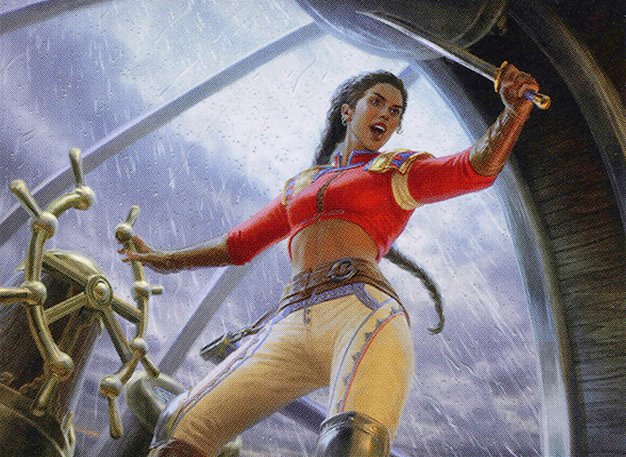
Sisay, Weatherlight Captain
Ramp into legendary creatures and permanents to build a powerful board presence and leverage legendary synergy for value and potential combo wins.
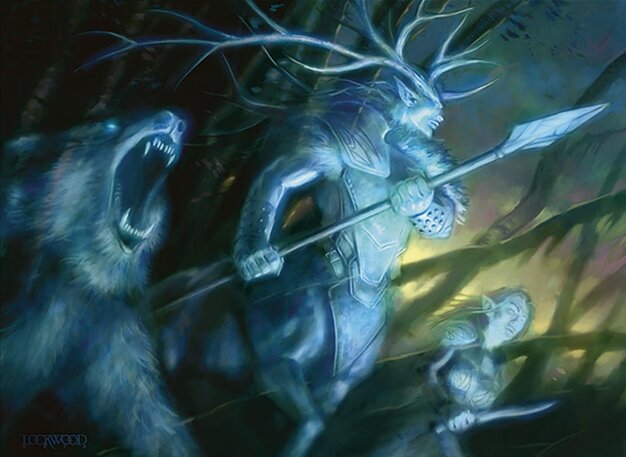
Karador, Ghost Chieftain
Utilize graveyard recursion to repeatedly bring back creatures, generating value and overwhelming opponents through attrition and synergistic effects.
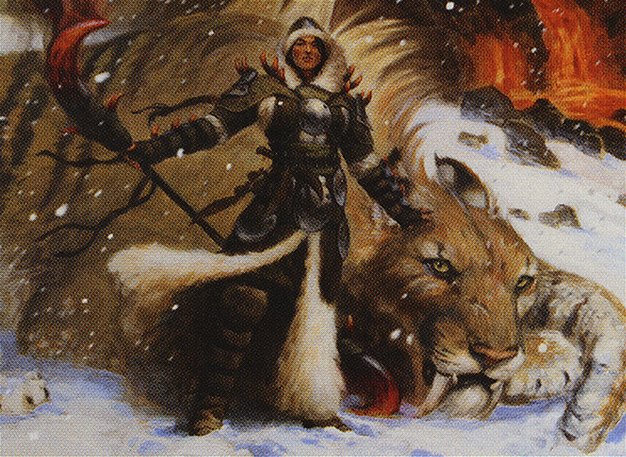
Yasova Dragonclaw
Steal and attack with opponents’ creatures, disrupting their plans while applying pressure using creatures taken from other players.
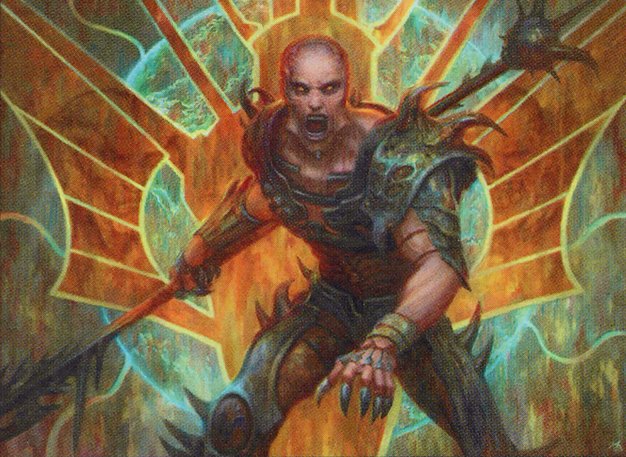
Greven, Predator Captain
Aggressively deploy creatures and deal damage quickly, aiming to kill opponents before they can establish their strategies.
Gameplay Insights
- 1
The timely use of Toxic Deluge effectively reset board states, halting aggressive momentum and forcing players to rebuild.
- 2
Fiend Hunter and similar removal were crucial in disrupting Yasova’s creature theft strategy, preventing the build-up of stolen threats.
- 3
Karador’s graveyard-focused strategy required careful balance to avoid milling out while maximizing recursion value.
- 4
Political negotiation played a role when players offered sacrificial creatures or delayed aggression to avoid becoming primary targets.
- 5
Use of mana ramp and land drops, such as Cultivate and Growth Spiral, was key for accelerating deployment of powerful creatures and spells.
Notable Cards
-
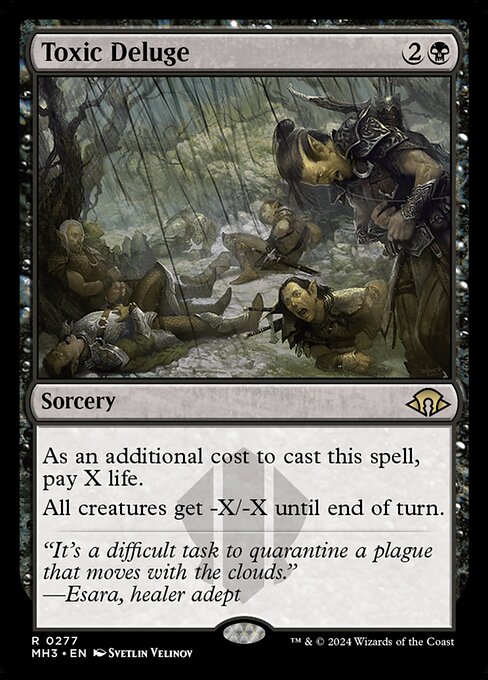
Toxic Deluge
-
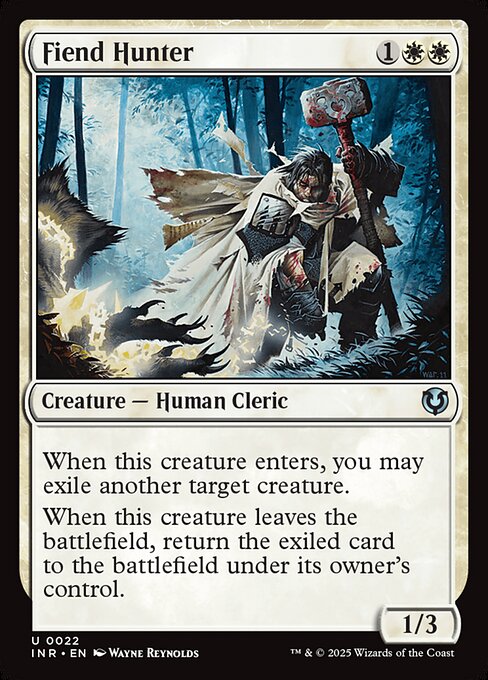
Fiend Hunter
-
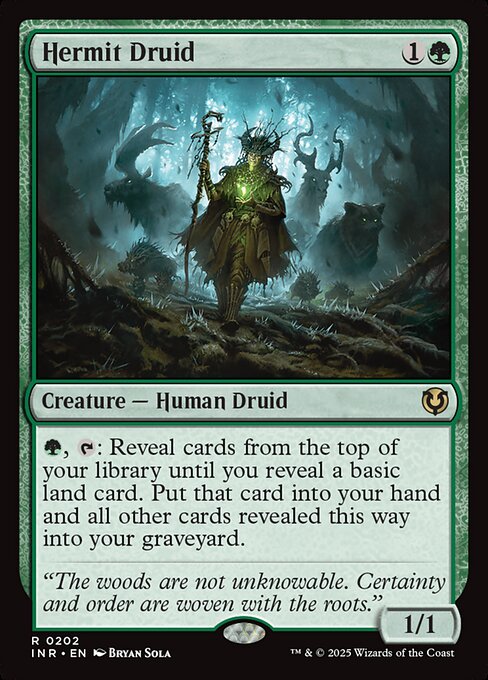
Hermit Druid
-
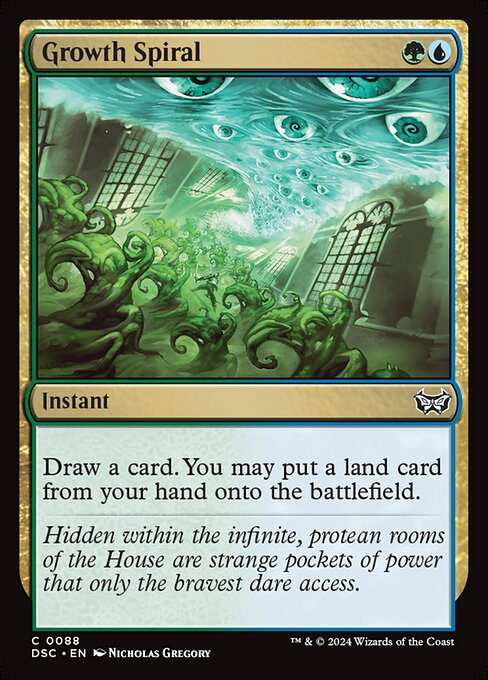
Growth Spiral
-
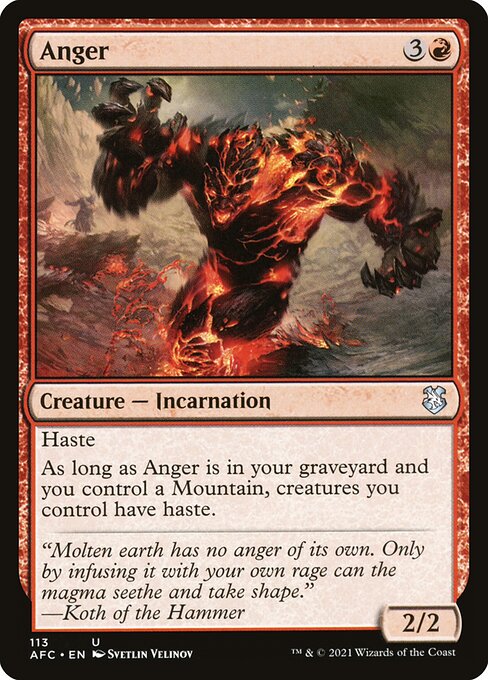
Anger
-
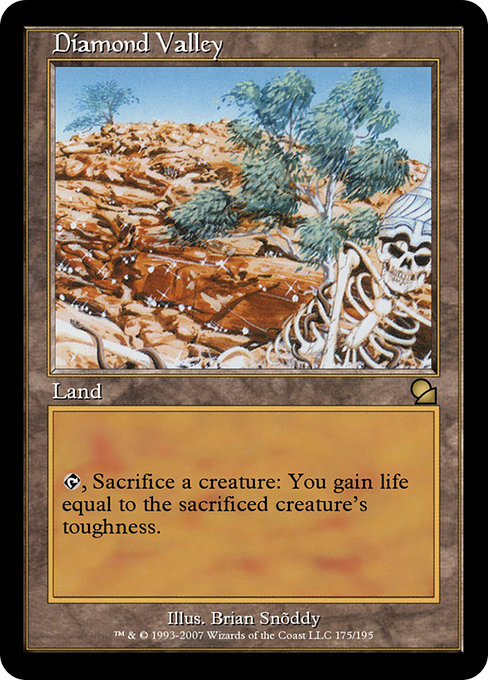
Diamond Valley
-
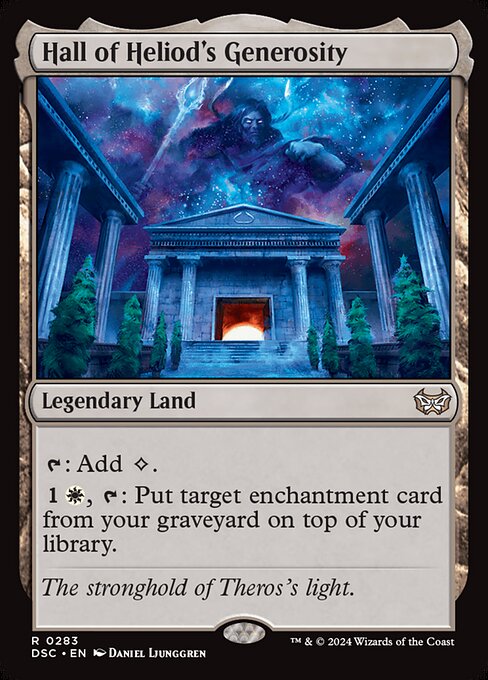
Hall of Heliod's Generosity
Gameplay Summary
The game featured four distinct decks led by Sisay, Weatherlight Captain; Karador, Ghost Chieftain; Yasova Dragonclaw; and Greven, Predator Captain.
Early turns focused on ramping and setting up board presence, with Sisay leveraging legendary synergy and ramp spells, while Karador aimed to exploit graveyard interactions.
Yasova’s deck centered on stealing opponents’ creatures to attack, and Greven played an aggressive, creature-heavy strategy to quickly pressure opponents.
A key turning point came when a board wipe in the form of Toxic Deluge was cast, significantly resetting the board and forcing players to rebuild their strategies. Karador’s player began filling the graveyard with creatures, preparing for recursion plays, while Sisay’s player continued to ramp and develop a strong board.
Yasova made tactical steals of creatures but faced disruption with hate cards like Fiend Hunter and removal spells, which slowed down their momentum.
Greven’s aggressive approach pushed damage early but had to adapt after the board wipe.
The interplay of creature control, graveyard recursion, and aggressive tempo defined the midgame.
The game saw a mix of political negotiation and tactical responses, especially around protecting or targeting key creatures.
The win condition revolved around either combat damage through large creatures and stolen threats or establishing a dominant board with synergistic legendary permanents and graveyard recursion.

























![Commander Versus Series: Deck Tech - Alesha v.Yasova v. Tasigur v. Shu Yun [MTG Multiplayer] thumbnail](https://i.ytimg.com/vi/kaP2tpQL_pM/sddefault.jpg)
![Commander Versus Series: Alesha v.Yasova v. Tasigur v. Shu Yun [MTG Multiplayer] thumbnail](https://i.ytimg.com/vi/H-r66JJFVLQ/sddefault.jpg)

















